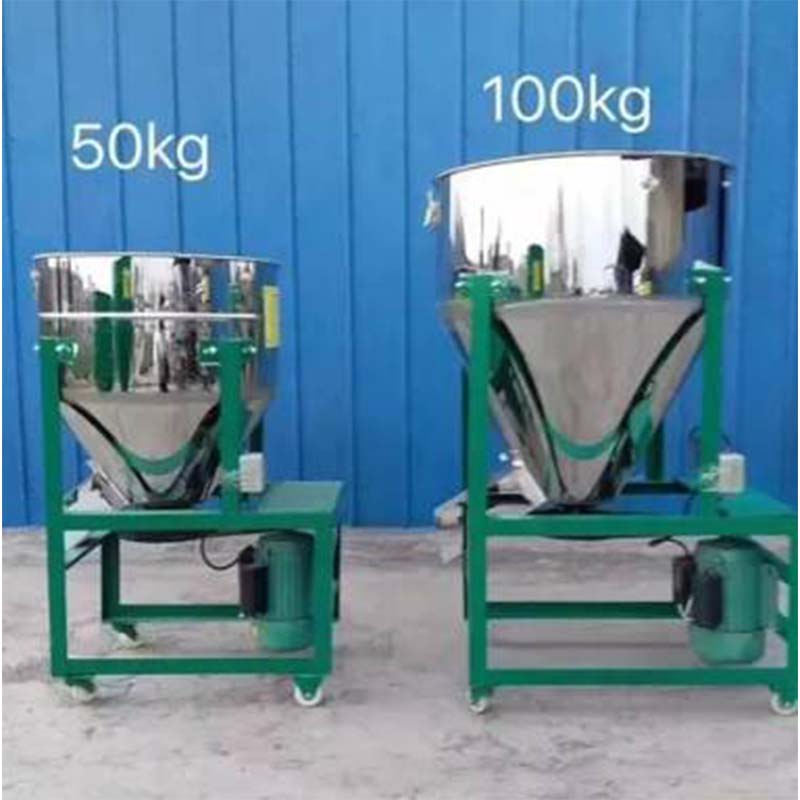Rabbit Feed Pellet Making Machine - High-Quality Pellet Production for Healthy Rabbits
Sep . 01, 2024 22:10 Back to list
Rabbit Feed Pellet Making Machine - High-Quality Pellet Production for Healthy Rabbits
The Importance of Rabbit Feed Pellet Making Machines
In the world of animal husbandry, ensuring the health and well-being of livestock is paramount. Among various types of livestock, rabbits are becoming increasingly popular, both as pets and as a source of meat and fur. Proper nutrition is essential for their growth, reproduction, and overall health. This has led to the rising demand for high-quality rabbit feed, which in turn has highlighted the importance of rabbit feed pellet making machines.
Understanding Rabbit Nutrition
Rabbits have specific dietary needs that differ from other animals. Their diet primarily consists of fibrous materials such as hay, grass, and fresh vegetables. However, for those raising rabbits on a larger scale, providing a balanced diet can be challenging. This is where rabbit feed pellets come into play. Pellets are nutritionally dense and can be formulated to include all the essential vitamins and minerals that rabbits require for optimal health.
The Role of Pellet Making Machines
Rabbit feed pellet making machines are specialized equipment designed to convert raw ingredients into high-quality pellets. These machines work by grinding the ingredients, mixing them, and then compacting them under high pressure and temperature. The result is a uniform pellet that is easy for rabbits to digest and come with a longer shelf life than traditional feed. The process also minimizes wastage, making feed more economical for farmers and breeders.
Benefits of Using Pellet Making Machines
rabbit feed pellet making machine

1. Nutritional Control With the ability to customize the formulation, farmers can ensure their rabbits receive a well-balanced diet tailored to their specific needs. This customization helps improve the growth rates and overall health of the animals.
2. Cost-Effectiveness By producing their own pellets, farmers can significantly reduce feed costs. Instead of purchasing commercial feeds, they can buy bulk ingredients at a lower price, allowing for significant savings over time.
3. Quality Assurance When farmers produce their own feed, they have complete control over the quality of the ingredients used. This not only ensures that the feed is free from harmful additives but also allows for the inclusion of fresh, organic materials.
4. Reduced Feed Waste When fed loose ingredients, rabbits can be picky eaters, leading to food waste. Pellets eliminate this problem as they are designed to be nutritionally balanced and appealing to rabbits.
5. Longer Shelf Life Pellets have a longer shelf life compared to loose feed. The pelleting process removes moisture, reducing the risk of spoilage and allowing for easier storage.
Conclusion
As the demand for rabbit farming continues to grow, so does the need for efficient and effective feeding solutions. Rabbit feed pellet making machines offer a practical solution to the feeding challenges faced by farmers and breeders. By investing in this technology, they can ensure the health and happiness of their rabbits while optimizing production and reducing costs. It's a win-win situation that underscores the vital intersection of technology and animal husbandry in modern agriculture.
-
Automatic Feeding Line System - Anping Yize | Efficiency&Durability
NewsJul.29,2025
-
Automatic Feeding Line System - Anping Yize|Poultry Efficiency&Durability
NewsJul.29,2025
-
Automatic Feeding Line System-Anping County Yize Metal Products Co., Ltd.|Durable PP Material&Easy Maintenance
NewsJul.29,2025
-
Automatic Feeding Line System-Pan Feeder Nipple Drinker|Anping County Yize Metal Products Co., Ltd.
NewsJul.29,2025
-
Hot Sale 24 & 18 Door Rabbit Cages - Premium Breeding Solutions
NewsJul.25,2025
-
Automatic Feeding Line System Pan Feeder Nipple Drinker - Anping County Yize Metal Products Co., Ltd.
NewsJul.21,2025






